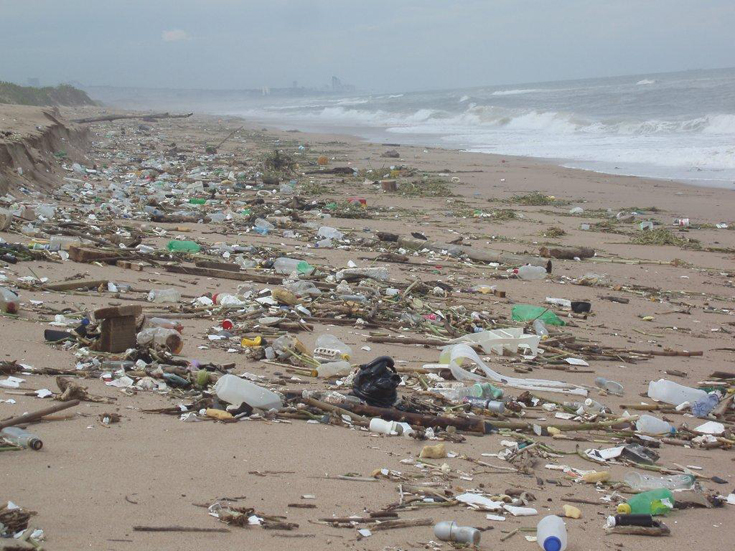The Five Myths (and Truths) About Plastic Pollution in Our Ocean
Let's clear up the misconceptions about ocean plastics

As the Senior Director of Ocean Conservancy’s Trash Free Seas® Program, I’ve had the opportunity to meet people who care about the ocean and are making a difference for the communities that depend on it. However, I’m always surprised by the number of misconceptions about ocean plastics.
With many people visiting the beach annually for vacations, not to mention all the coverage that ocean plastics has received recently, it’s a great opportunity to clear up some of these myths:
Myth: There are floating islands of plastics in every ocean.
Fact: Only a small percentage of ocean plastics float at the sea surface. Most plastics are dispersed throughout the water column, resting on the seafloor, trapped in Arctic ice, or inside ocean animals. The plastic gyres you hear about in the news are primarily composed of tiny plastic particles that are the degraded fragments of their original form (i.e., bottles, containers, toys)—many are the size of a grain of rice.
Myth: Ocean plastic primarily comes from ocean dumping and industry, such as cruise ships or container ships.
Fact: Most of the plastics in the ocean come from items we use every day—bags, bottles, caps, food containers, etc. By limiting single-use plastics in our everyday lives and disposing of these items properly, we can reduce the amount of plastic waste entering the ocean.
Myth: Ocean trash gyres, large areas of the ocean where currents concentrate trash, can simply be cleaned out of existence.
Fact: While some surface trash can be cleaned, many plastics break down and become dispersed. Only a small percentage of total ocean plastics inputs rest at the surface. The rest is distributed throughout the ocean or winds up inside animals. We don’t have a realistic, efficient way to remove these plastics from the system (yet).
Myth: Ocean plastics are just a trash problem.
Fact: Plastic particles are now found inside animals and throughout the ocean food chain—from mussels to fish to turtles to whales.
Myth: There is one, simple solution capable of solving our ocean plastics problem.
Fact: Bans, fees, recycling nor product redesign alone can fix this. The ultimate solution is a combination of all of these and more. The biggest impact will come from stopping the massive amounts of plastic litter before it travels over land, and into our waterways and ocean.
With all this in mind, you might be thinking—what can I do to make a difference? You can download Clean Swell® and sign up to clean your local beach or waterway by joining Ocean Conservancy in the International Coastal Cleanup®. You’ll be among hundreds of thousands of volunteers working towards a cleaner ocean.
Cleanups alone can’t solve this problem, but volunteers are instrumental in helping us assemble our Cleanup reports. This provides us with a snapshot of what’s trashing our ocean so we can work towards preventing the most abundant and problematic items of trash from reaching the water in the first place.